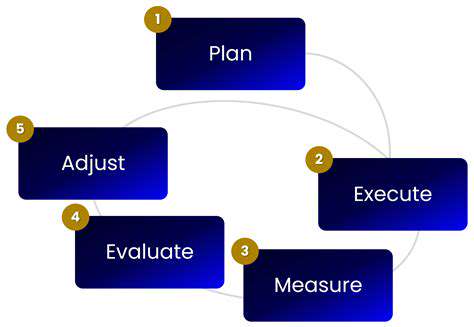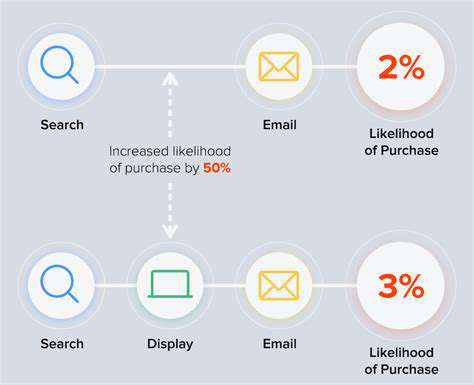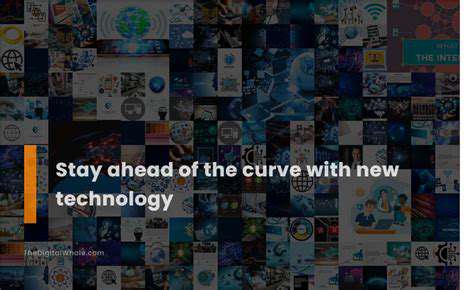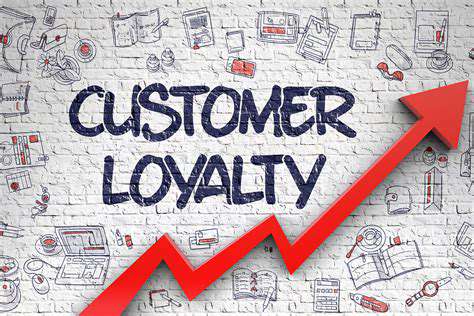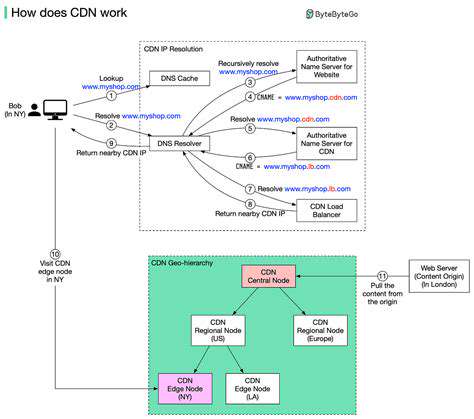Header Bidding vs Waterfall: Programmatic Ad Stacking
Introduction to Programmatic Ad Stacking
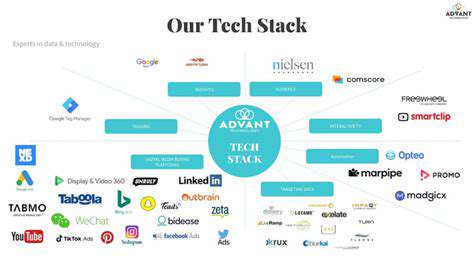
Understanding Programmatic Advertising
In today's fast-paced digital landscape, programmatic advertising has emerged as a game-changer for marketers seeking precision and efficiency. This innovative approach automates the purchase and placement of online ads, eliminating the need for cumbersome manual processes. By harnessing sophisticated algorithms, programmatic systems analyze user behavior in real-time to deliver highly relevant ads at optimal moments. This data-driven methodology represents a significant leap forward from traditional advertising techniques that relied on guesswork and broad targeting.
The technological backbone of programmatic advertising enables microsecond decision-making about which ad to show to which user. This level of automation and precision has transformed digital marketing, allowing businesses to achieve previously unimaginable returns on their advertising investments. As consumer attention becomes increasingly fragmented, programmatic solutions provide the tools needed to cut through the noise and reach the right audiences.
Key Components of Programmatic Advertising
At the heart of programmatic advertising lies real-time bidding (RTB), a lightning-fast auction system where advertisers compete for impressions. Imagine a digital stock exchange where ad spaces are bought and sold in milliseconds, with prices fluctuating based on the perceived value of each impression. This dynamic marketplace ensures that users see the most relevant ads while maximizing revenue for publishers.
The ecosystem also includes demand-side platforms (DSPs) that empower advertisers to manage campaigns across multiple channels from a single interface. On the flip side, supply-side platforms (SSPs) give publishers sophisticated tools to monetize their digital properties. These platforms form the infrastructure that makes automated, data-driven advertising possible at scale.
Benefits of Programmatic Advertising
The precision targeting capabilities of programmatic advertising represent its most compelling advantage. Marketers can now reach specific audience segments based on detailed behavioral, contextual, and demographic data. This surgical approach not only improves campaign performance but also significantly reduces wasted impressions and budget.
Operational efficiency is another major benefit, as automation streamlines what was once a labor-intensive process. The elimination of manual workflows allows marketers to focus on strategy while the system handles execution, reducing human error and accelerating time-to-market for campaigns. This efficiency translates directly to improved ROI and more effective use of marketing budgets.
Types of Programmatic Advertising Formats
Programmatic technology supports a diverse array of ad formats, each with unique strengths. Visual display ads continue to dominate digital spaces, while video ads leverage the growing consumption of digital video content. Native advertising has emerged as a particularly effective format, blending seamlessly with editorial content to create less disruptive user experiences.
The choice of format should align with campaign objectives and audience preferences. A successful programmatic strategy often combines multiple formats to create comprehensive, cross-channel campaigns that engage users at different touchpoints in their digital journey.
Challenges and Considerations in Programmatic Advertising
As programmatic advertising grows in sophistication, privacy concerns have come to the forefront. The industry faces increasing scrutiny regarding data collection practices and user consent. Marketers must navigate a complex regulatory landscape while maintaining consumer trust and campaign effectiveness.
Transparency remains another critical issue, with advertisers demanding clearer insights into how their budgets are being spent. Robust measurement and analytics capabilities are essential for evaluating campaign performance and ensuring optimal allocation of advertising resources. These challenges underscore the need for continuous innovation and ethical practices in programmatic advertising.
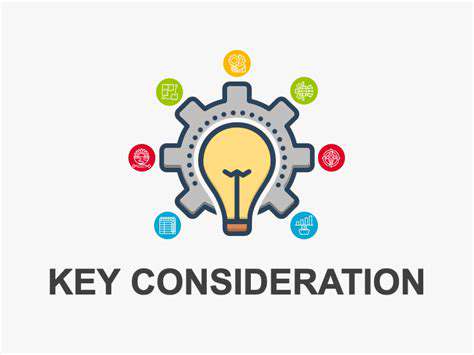
Choosing the Right Strategy for Your Needs
Understanding Header Bidding
Header bidding represents a revolutionary approach in programmatic advertising, creating a more democratic auction environment for digital ad inventory. Unlike traditional methods, this technique allows multiple demand sources to bid simultaneously before the ad call reaches the publisher's ad server. The resulting competition among buyers drives up prices, benefiting publishers with increased revenue potential. The technology behind header bidding continues to evolve, offering publishers more sophisticated ways to maximize the value of their inventory.
Beyond revenue optimization, header bidding provides unprecedented transparency into the bidding process. Publishers gain clear visibility into which buyers are participating, at what price points, and how inventory is being valued across different demand sources. This level of insight enables data-driven decision making about inventory management and buyer relationships.
Analyzing the Waterfall Method
The waterfall approach, while simpler in concept, presents several limitations in today's complex programmatic ecosystem. This hierarchical method processes ad requests sequentially, moving to the next potential buyer only if the current one declines. While straightforward to implement, this method often fails to capture the true market value of impressions, as later-stage buyers may have been willing to pay more than the first-accepted bid.
Many publishers still maintain waterfall setups for certain inventory types or as fallback options, but the industry has largely recognized its shortcomings in terms of revenue optimization. The method's simplicity comes at the cost of potentially leaving money on the table, especially for premium inventory that could command higher prices in a more competitive environment.
Comparing Header Bidding and Waterfall
The fundamental difference between these approaches lies in their auction dynamics. Header bidding creates a parallel processing environment where all eligible buyers compete simultaneously, while waterfall employs a linear, prioritized sequence. This structural distinction has profound implications for revenue potential, with header bidding typically delivering 20-50% higher yields for publishers. The competitive tension created by simultaneous bidding often surfaces the true market value of impressions.
Implementation complexity represents another key differentiator. While header bidding offers superior performance, it requires more technical resources to implement and maintain. Publishers must carefully evaluate their technical capabilities, resource availability, and revenue goals when choosing between these approaches. Many successful operations employ hybrid models that leverage the strengths of both methods for different inventory segments.
The evolution of programmatic technology continues to reshape these dynamics, with newer solutions like server-to-server header bidding addressing some implementation challenges. Regardless of the chosen approach, continuous testing and optimization remain essential for maximizing programmatic revenue in an ever-changing digital advertising landscape.
Read more about Header Bidding vs Waterfall: Programmatic Ad Stacking
Hot Recommendations
- Personalizing Email Content with User Behavior
- Geofencing for Event Attendance Tracking
- Reputation Management on Social Media
- UGC Beyond Photos: Videos, Testimonials, and More
- The Future of Data Privacy Regulations
- Accelerated Mobile Pages (AMP) Benefits and Implementation
- The Future of CRM: AI and Voice Integration
- Google Ads Smart Bidding Strategies: Maximize Value
- Common A/B Testing Pitfalls to Avoid
- Local SEO Strategies for Small Businesses

